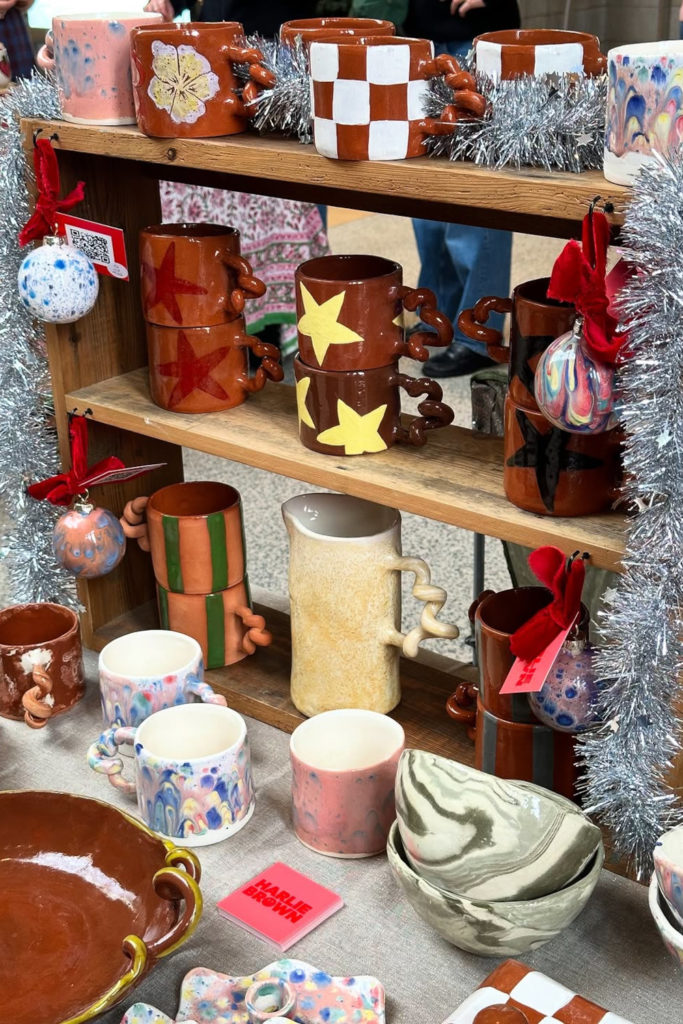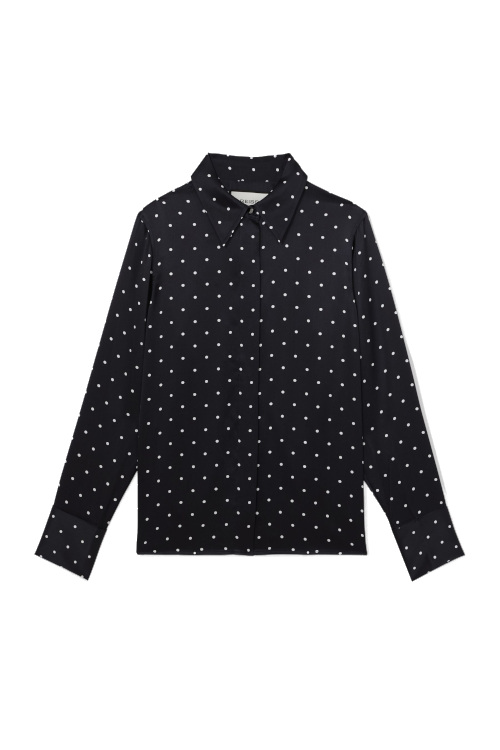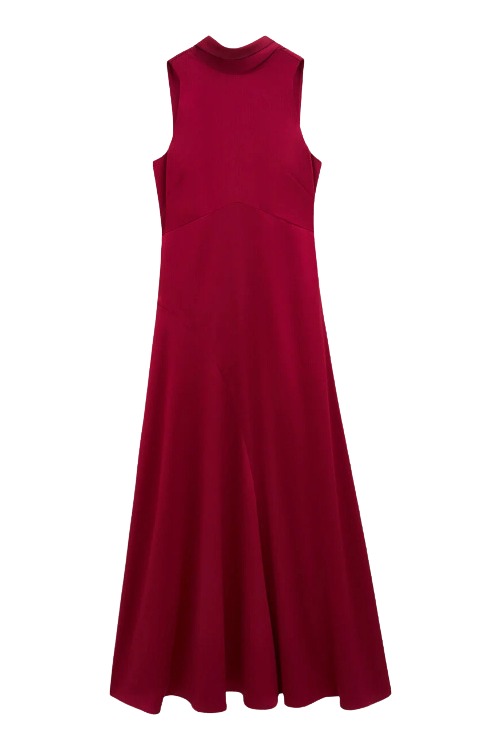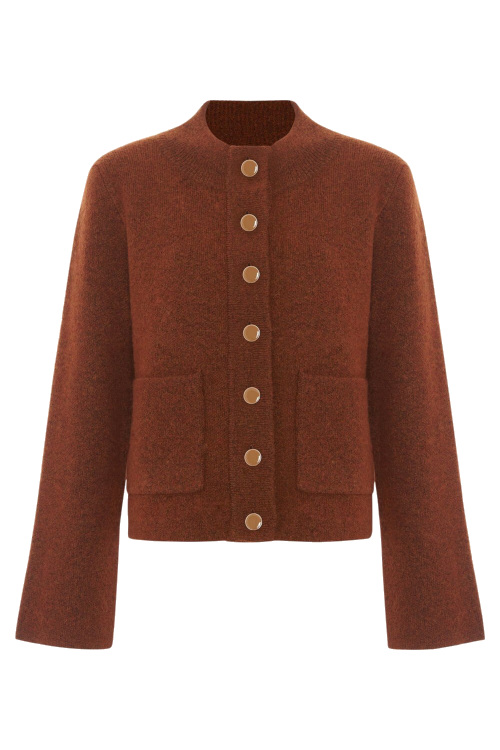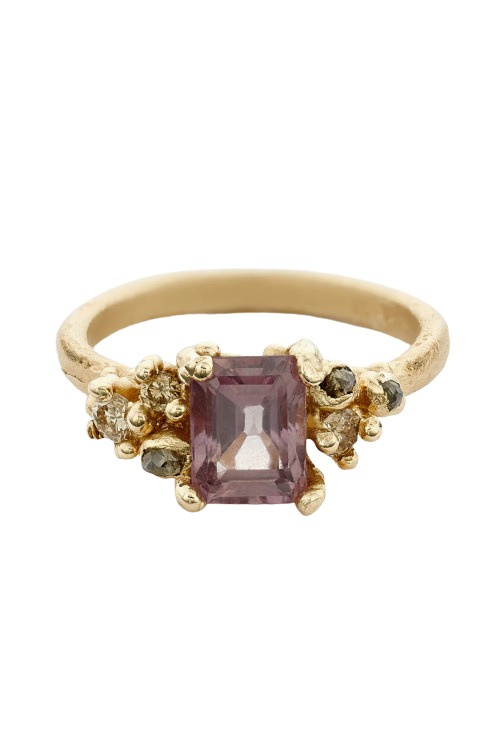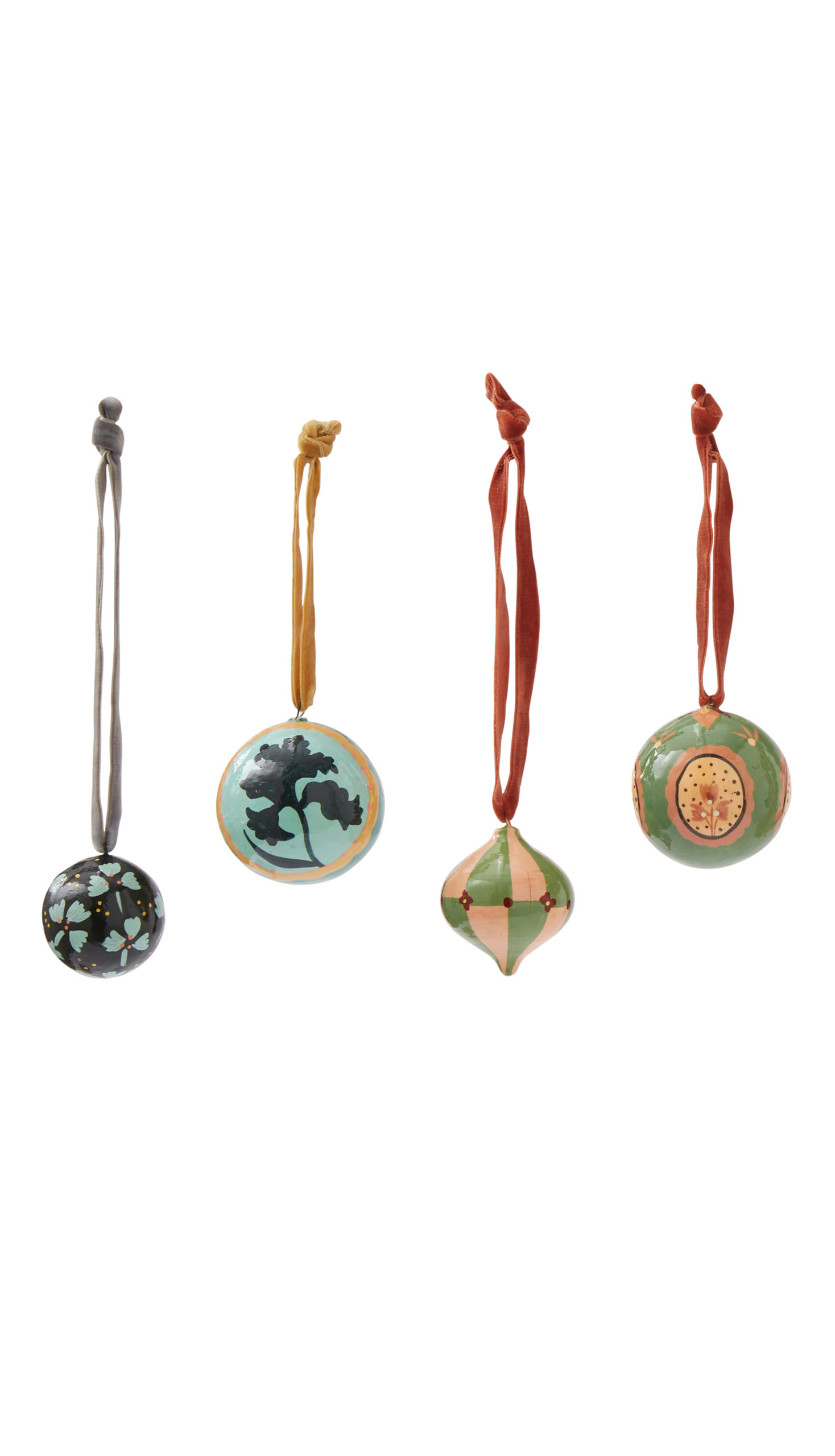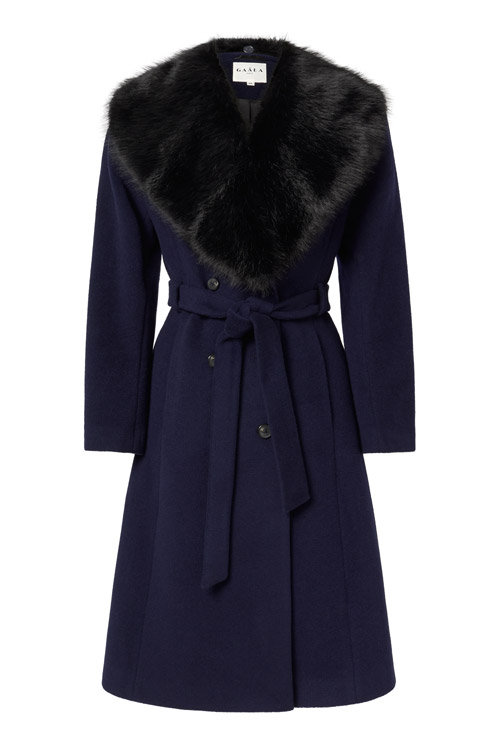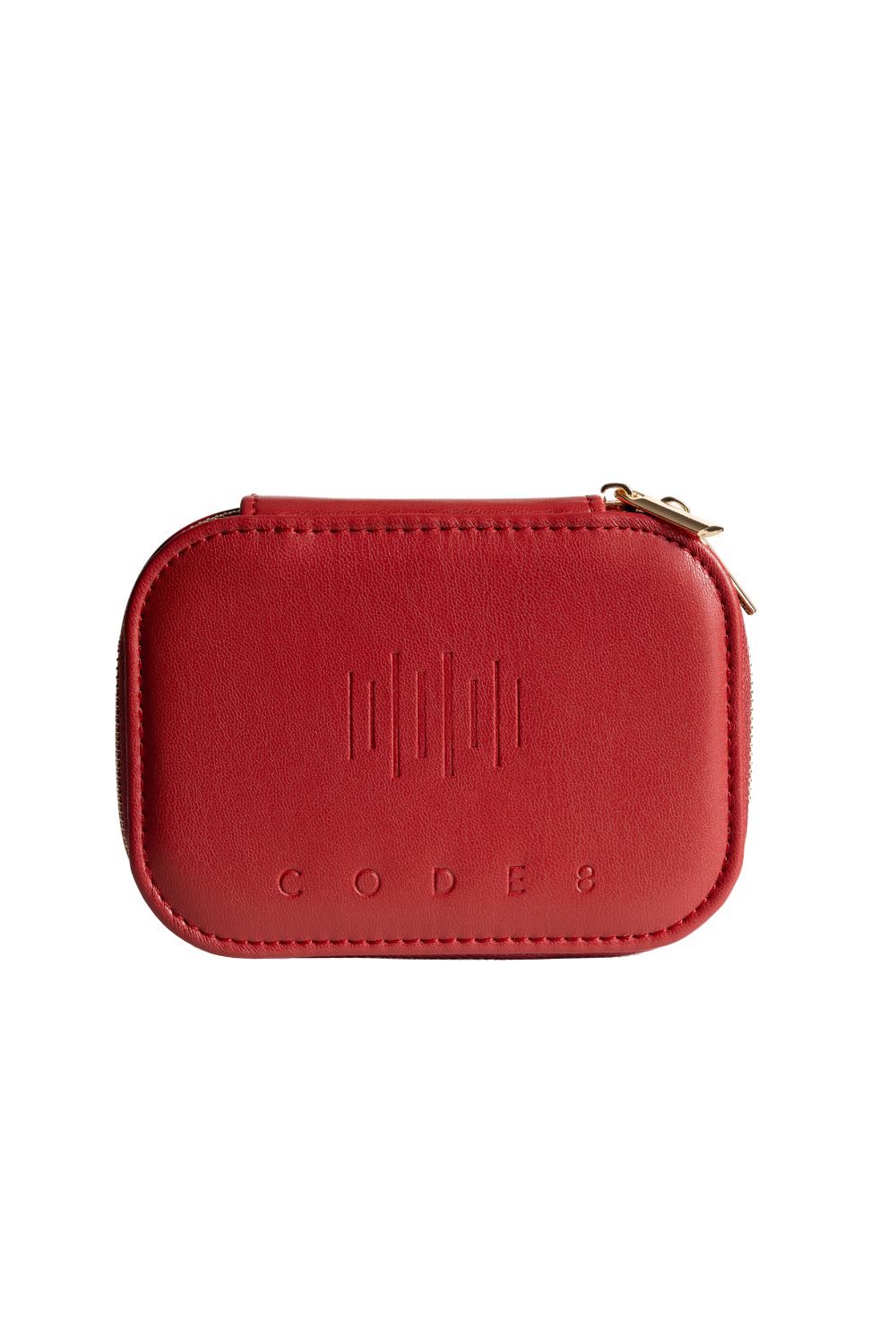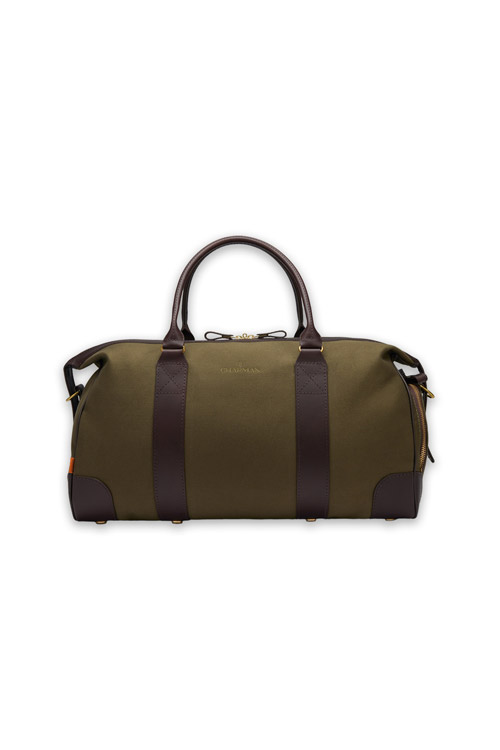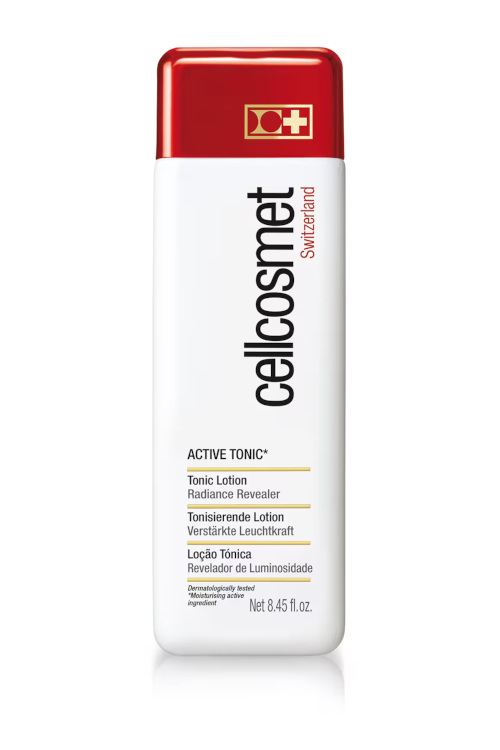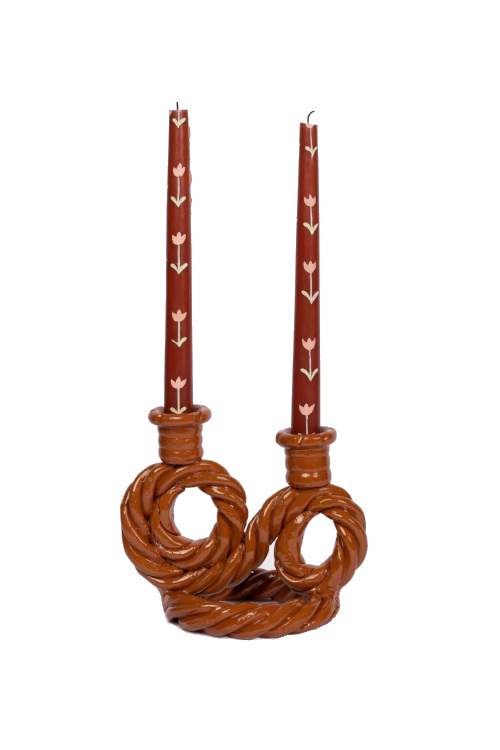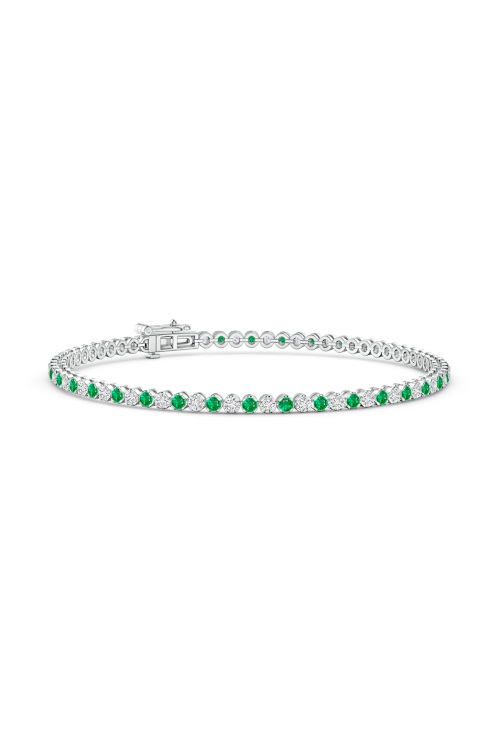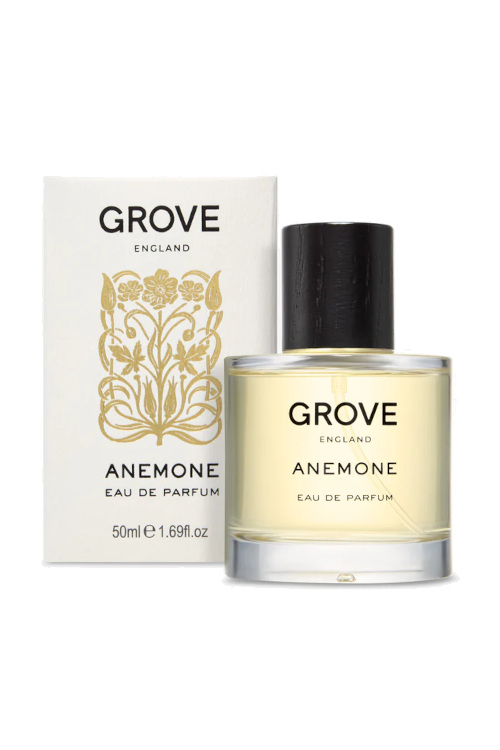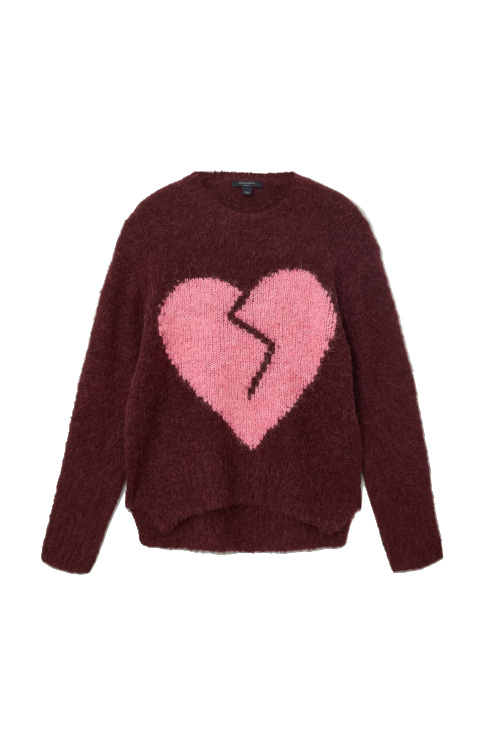How To Display Cut Flowers, According To An Expert
By
5 months ago
Rosebie Morton gives us the rundown
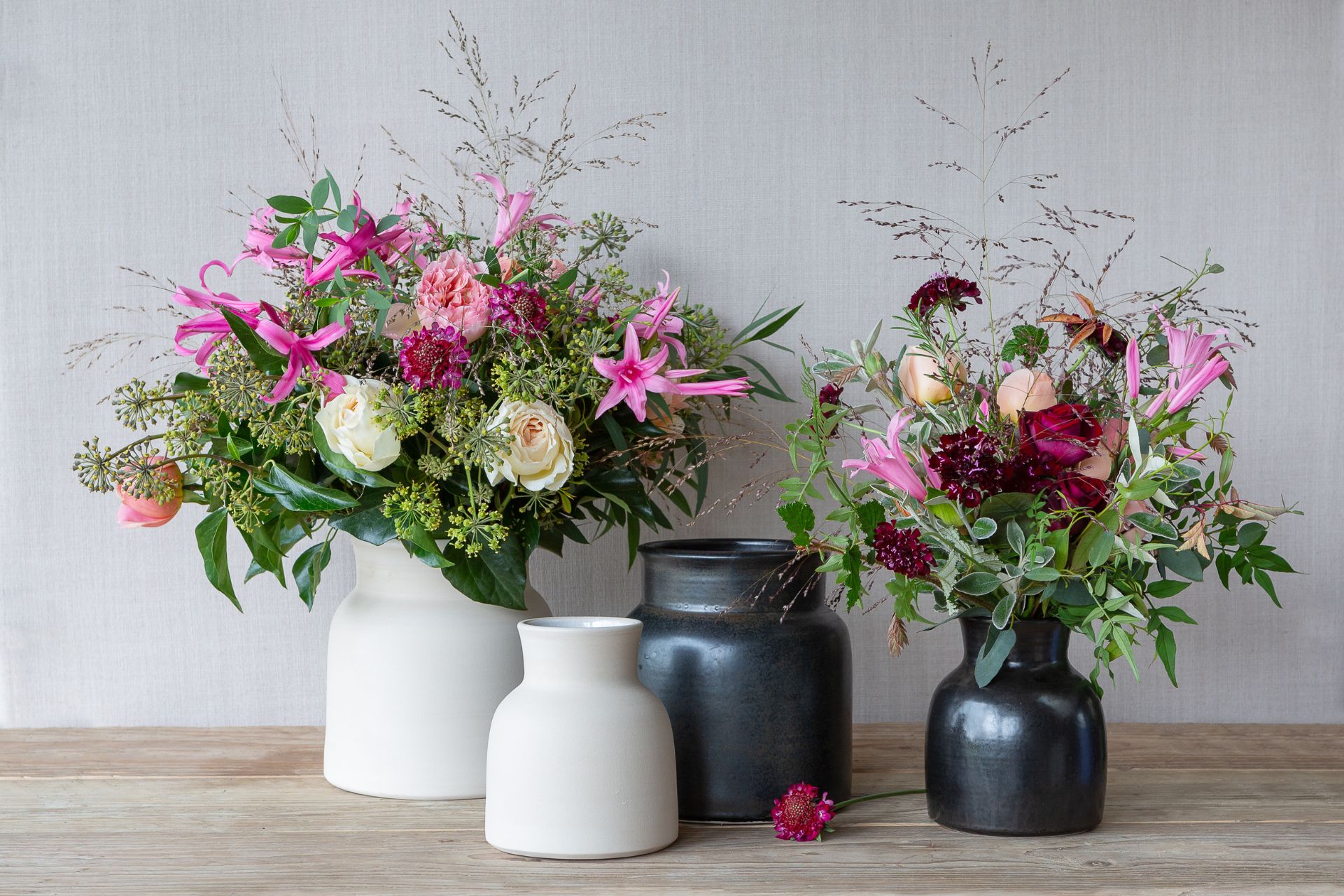
Want to impress your guests – or just bring a bit of colour into your home? Creating a dazzling bouquet of fresh flowers takes no time at all, says Rosebie Morton, founder of The Real Flower Company. We asked for her very best advice on how to display cut flowers.
How To Display Cut Flowers: Rosebie Morton’s Guide
Thanks to one of the driest and warmest springs on record, many plants have loved this weather (especially roses, which are now flowering profusely). The cherry blossom around London has been incredible, as has the blossom flowering in the hedgerows. With so much to inspire, my thoughts have wandered to what flowers I can cut to bring in and enjoy on my kitchen table – and this leads to the often-tricky subject of what container to best display my cut flowers.
Choosing The Right Vase
Whichever container you choose, it’s important to make sure that it’s immaculately clean. The biggest killer of cut flowers is dirty water, and if they’re being put into a container which isn’t very clean, you’re immediately shortening their lifespan.
Both the size and height of the container is important; the flowers do not want to be forced into something too small, because they won’t be able to breath and then will die quicker. (I often see a beautiful bunch of flowers crammed into something similar to a pint mug, which does them no favours!)
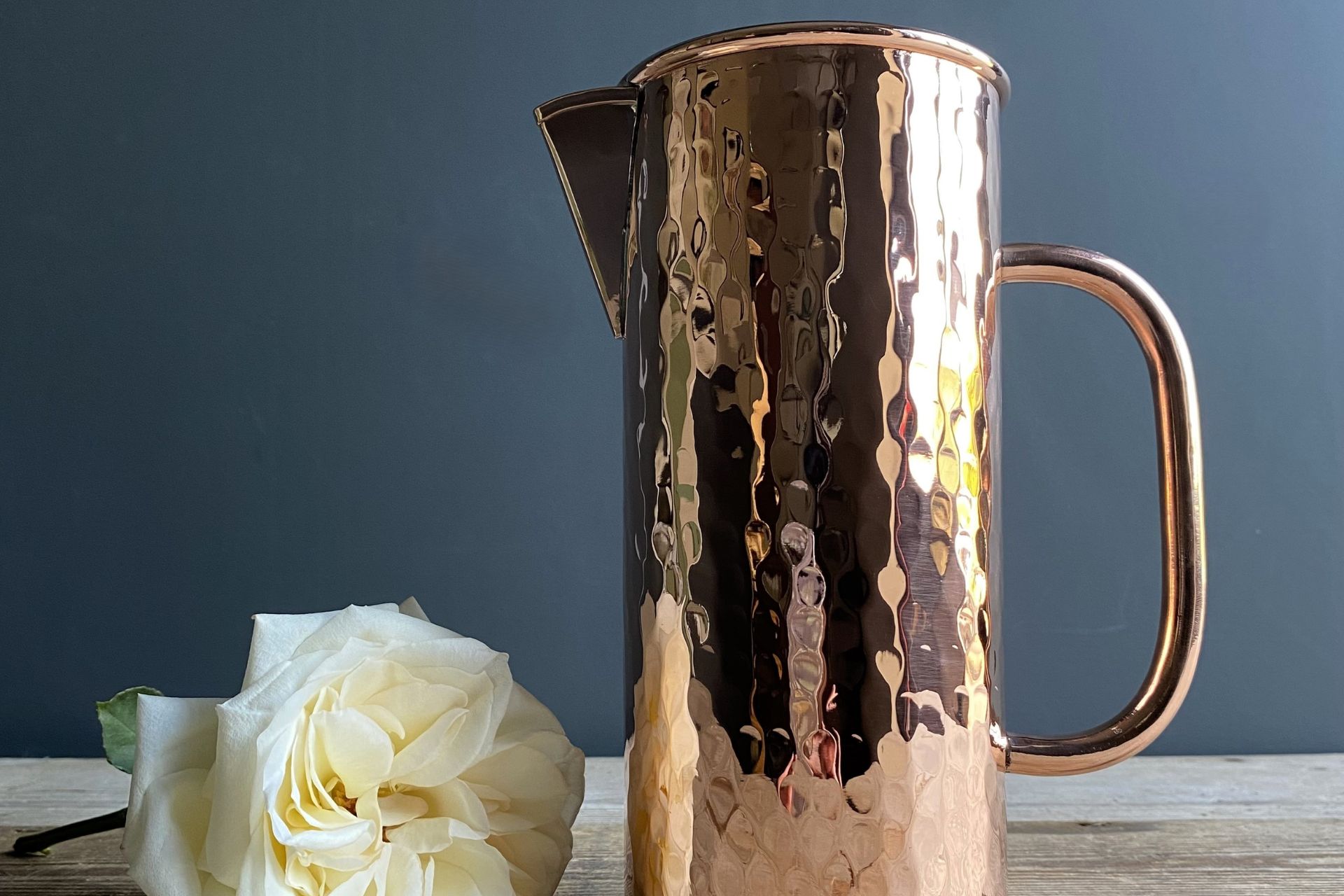
(c) The Real Flower Company
What the vase is made from is equally important when it comes to the longevity of your flowers. A metal vase in summer will increase the life of the flowers by helping to keep the water cool (copper is particularly good for this), whereas a glass container will heat up much quicker. Pottery is very good at keeping the water temperature lower, so it’s always my go-to choice at this time of year.
Prepping Your Flowers
Having decided on your container – be it a jug, pot or vase – the next step is to condition your flowers.
First, strip all the leaves off the bottom half, up to two thirds of the stems. This avoids leaves rotting in the water and causing a buildup of bacteria.
Next, cut the stems at a slight angle. This allows two things to happen: it helps to avoid air blockages, which stop water from being transported to the flower heads; and it also increases the surface area, enabling a higher water intake.
Creating Your Arrangement
If you’ve made your arrangement into a spiralled hand-tie (or perhaps you’ve been lucky enough to have been gifted one) then arranging is simple: having conditioned the stems, all you have to do is place them in your vase. If they’re tied with raffia or string, simply cut the tie to allow the flowers to fall naturally within the vase. Some people like to leave the tie in place, but this results in the flowers being packed tightly together which stops the air circulating and means the flowers tend to die quicker.
If you’re dealing with loose stems rather than a hand-tie, you can either bunch the flowers together and place them in your container, or arrange them one by one for a more artistic look. It’s also worth thinking about whether you want the flowers to be seen from all angles or if they’re going to sit against something (and will only be seen from the front).
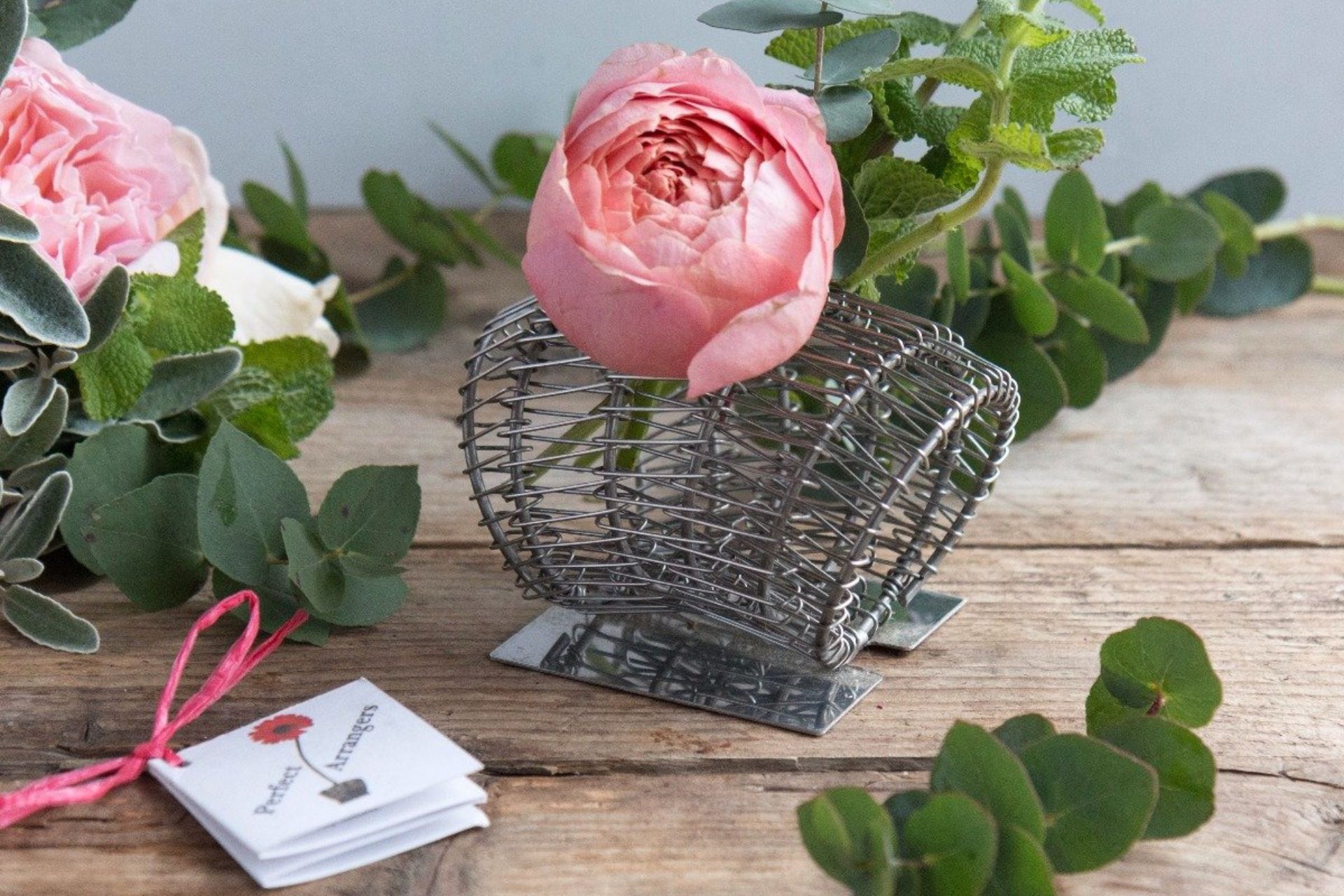
(c) The Real Flower Company
‘Frogs’ or ‘perfect arrangers’ are very popular for arranging flowers; frogs have been around for years, but they’ve recently seen a surge of interest. Using a frog, you can arrange just a few stems in a bowl, which really showcases the flowers in all their glory. Equally, a perfect arranger is a very easy and clever tool which can be used in any container and means you don’t need so many flowers, because you can place them exactly where you want them. Both tools help to increase vase life because changing the water is so easy.
Preserving Your Blooms
To extend the life of your flowers, either use cut flower food or make your own using by combining a litre of water with a tablespoon of vinegar, a teaspoon of sugar and a teaspoon of bicarbonate of soda. Every two to three days, rinse the stems under running water and recut them before placing them in fresh water. This should extend the life of your flowers by several days.
To quote Park Benjamin, ‘flowers are love’s truest language’ – so we all need some in our houses!



